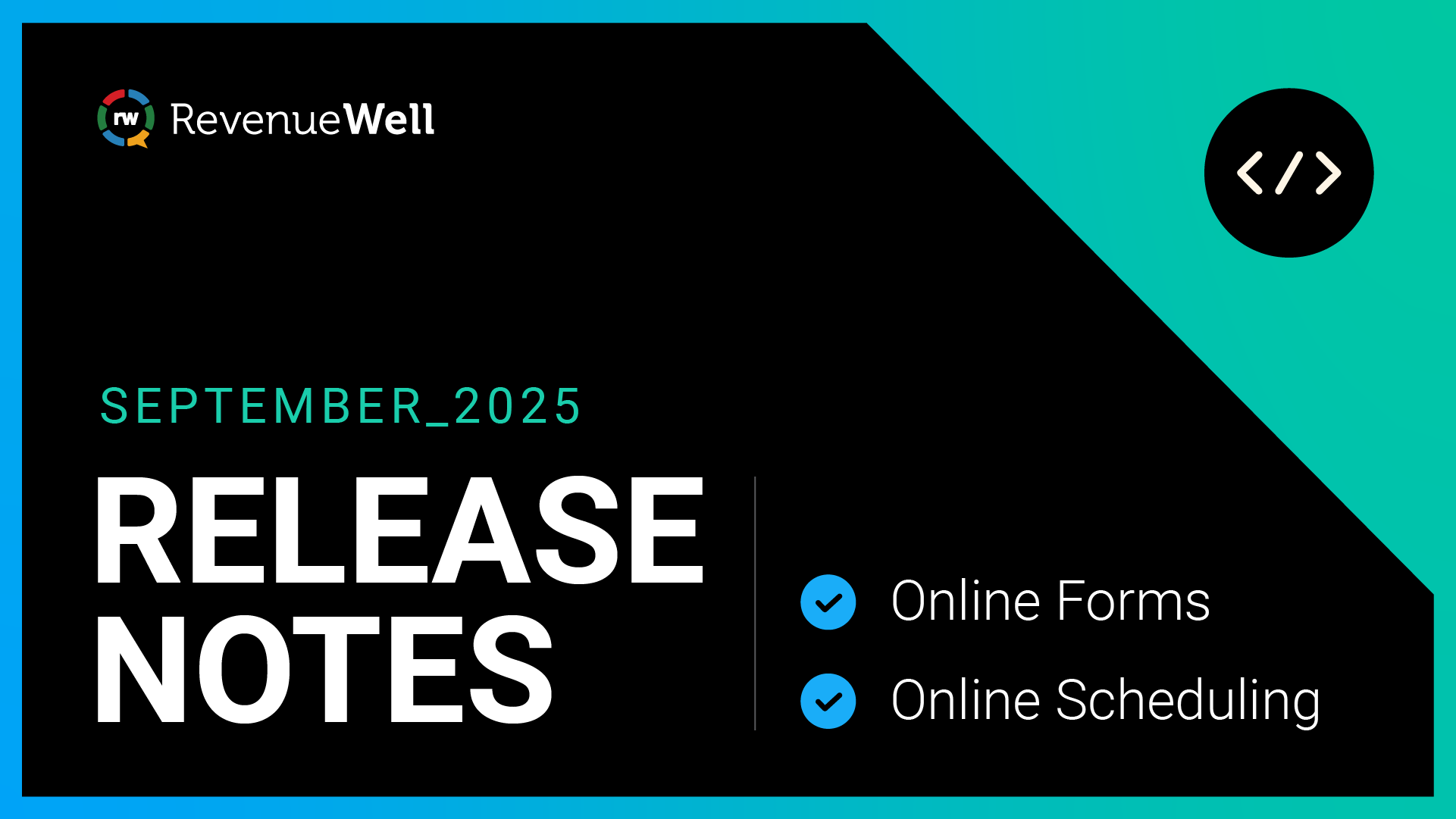How Low Google Ranking Can Impact Your Dental Practice's Revenue and How to Improve It

As a professional in the dental industry, you understand the importance of attracting new patients to sustain and grow your business. However, merely having a physical presence isn't enough – it's imperative that you show up online so potential patients can find you. If your practice has a low Google ranking, it can severely hinder your ability to attract prospective patients, directly affecting your revenue. With approximately 2 trillion global searches annually, your practice cannot afford to not rank well on Google. This blog will explore how poor online visibility can impact your practice and the key search engine optimization (SEO) and digital marketing strategies to boost your Google rankings, ultimately driving more revenue.
The Importance of Google Ranking for Dental Practices
When potential patients search for a dentist online, they are more likely to choose one from the first page of Google search results. As of July 2024, Google has done away with page results, and now offers an endless results scroll. But recent data tells us that, in 2023, 75% of users never scroll past the first page of Google results. With there being 10 results per page, it’s safe to assume that ranking in the top 10 is equivalent in importance to ranking on the first page.
A low Google ranking means your practice is less visible to people actively searching for dental services in your area. This lack of visibility can lead to fewer inquiries, appointments, and ultimately, reduced revenue. In contrast, a high Google ranking increases the likelihood of attracting new patients, filling up your appointment book, boosting trust with potential patients, and increasing your practice's profitability.
Key Components of SEO for Dental Practices
Improving your Google ranking involves implementing effective SEO strategies. Here are some key components to consider:
1. Keyword Optimization
Identify and use relevant keywords that potential patients are likely to search for. There are different types of keywords you can utilize in your content. General keywords such as “Family Dentist”, “Dentist Office,” or “(City, State) Dentist” can be dropped throughout your website so local searches pick up your practice. Additionally, service-specific keywords such as “Cosmetic Dentistry” or “Teeth Whitening” can be utilized so people searching for your services can easily find you. Keywords should be strategically incorporated into your website content, meta descriptions, and blog posts.
2. Quality Content
Create high-quality, informative, and engaging content that addresses common questions and concerns of your patients. This can include blog posts, articles, and FAQs. Regularly updating your content keeps your website fresh and signals to Google that your site is active and relevant.
3. Local SEO
Since dental practices primarily serve local communities, optimizing for local search is crucial. Ensure your Google My Business listing is complete and up to date. Encourage satisfied patients to leave positive reviews and use location-based keywords to improve your local search visibility.
Did you know...? 46% of all Google searches are seeking local information.
4. Mobile Optimization
With smartphones dominating our lives, having a mobile-friendly website is essential. Google prioritizes mobile-optimized websites in search rankings. Ensure your site is responsive, loads quickly, and provides a seamless user experience on all devices.
5. Backlink Building
Acquire high-quality backlinks from reputable websites. Backlinks act as endorsements, signaling to Google that your site is trustworthy and authoritative. Reach out to local business directories, dental associations, and industry blogs to secure relevant backlinks.
Digital Marketing Strategies to Boost Visibility
In addition to SEO, implementing comprehensive digital marketing strategies can further enhance your online presence:
1. Social Media Marketing
Leverage platforms like Facebook, Instagram, TikTok and LinkedIn to engage with your community, share educational content, and promote your services. Social media can drive traffic to your website and improve your overall search engine rankings.
2. Pay-Per-Click (PPC) Advertising
Invest in Google Ads to target specific keywords and demographics. PPC campaigns can quickly boost your visibility and target potential patients actively searching for dental services. To learn more about dental PPC advertising, check out this blog.
3. Email Marketing
Build an email list and send regular newsletters with updates, promotions, and educational content. Email marketing helps maintain a connection with existing patients and encourages referrals.
Take the guesswork out of your SEO strategy by partnering with a digital marketing agency that specializes in the dental industry. Contact us today to elevate your practice's online presence and attract more patients.



